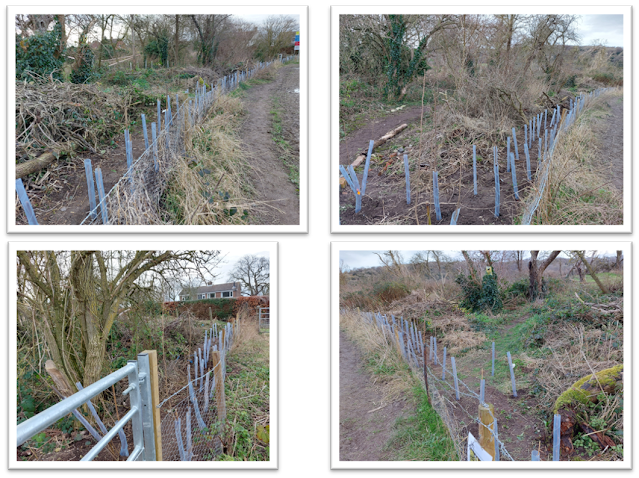As Christmas comes around, I began wondering how the Victorian families living in the Orchard area might have celebrated the season. If you remember, the first 'census' story we published told how in 1841 there were over 30 people living in six households on our site. They ranged in age from young children like little Ellen Howlett aged 5, up to her elderly next-door neighbour Mary Gomme aged 85 who was living with her married daughter. Ellen lived in a small cottage with her six older sisters, parents and a brother, so there were lots of hungry mouths to feed. Like most of the working men her father was an agricultural labourer, the poorest paid workers in the whole country. They lived in what was still an almost feudal village, paying rent to their landlord John Allnut. Without a doubt they would be finding it hard to make ends meet.
In the wider world there was a new Queen on the throne, just a young woman and perhaps no-one knew how things were going to turn out. At that time Christmas had almost fallen out of fashion, gone was the old celebration of 'Twelve days of Christmas' with feasting and merriment. It hardly got a mention in the newspapers, and customs such as May Day and Harvest Home were much more celebrated. At this time it could not be taken for granted that you would get Christmas Day off work, much less the extended period we have now. The factories and mines kept going every day of the year but perhaps it was a bit better in the countryside. However, the men received no paid holiday, no state pension, and if there had been wet days in November and December when they couldn't work, very likely no wages at all.
Winters were colder than they are now, over Christmas 1837 snow had blown into Emmington Church preventing the Sunday service. The winter of 1840/41 was a very severe one with ice on the Thames, and through all the winter months there were temperatures considerably below average. Then in 1841, from July into November it was very wet with local flooding later in the year. Not very good years for agricultural workers. Luckily several of the women in our families were lace-makers, and this did give them an extra income which would have made all the difference to the family budget during those bad-weather years.
So how might they have made Christmas special? Read more...
.jpg)























